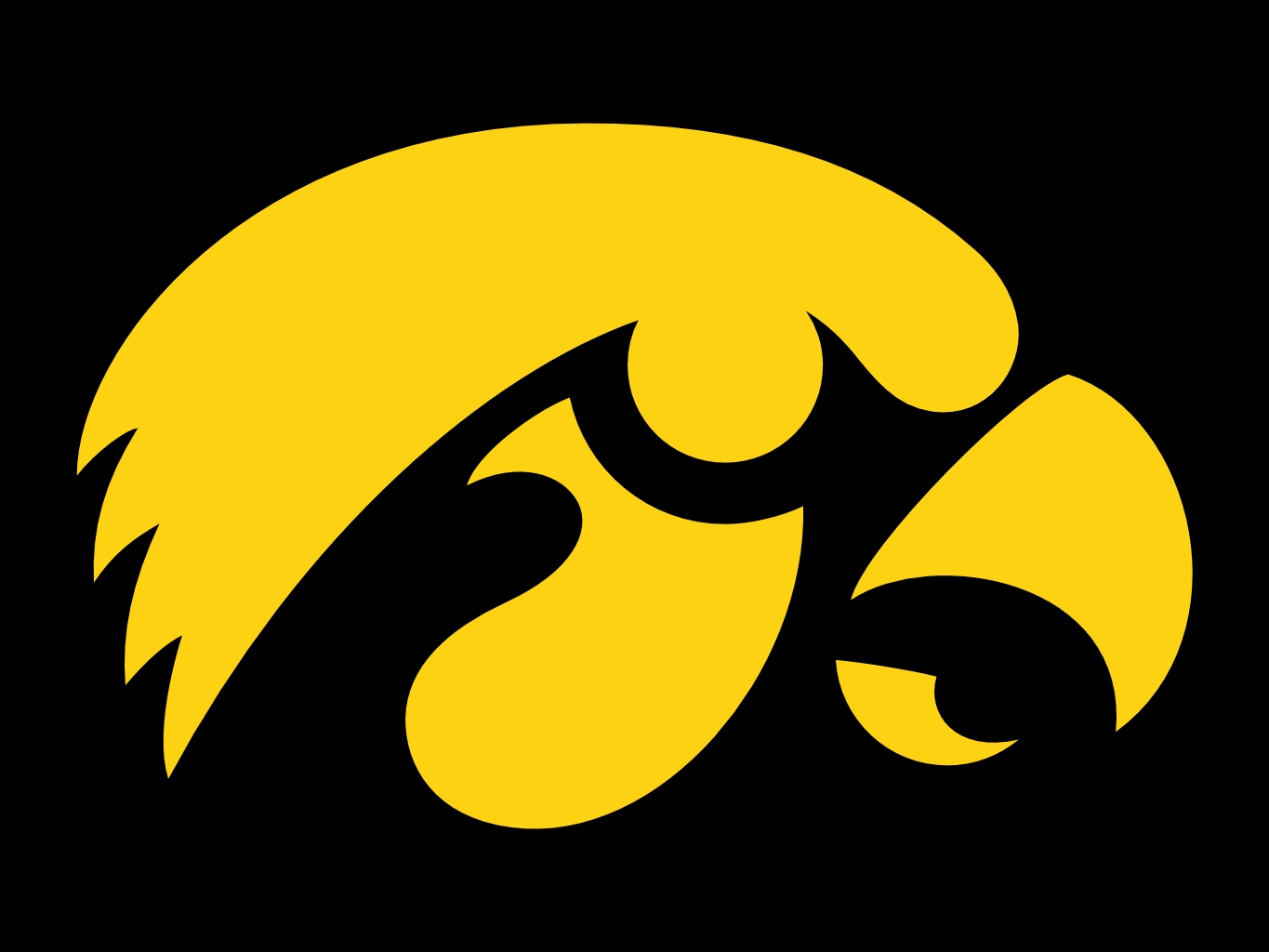As part of it's rankings the BCS includes 6 computer rankings (all without margin of victory). Here's a breakdown of all 6, with some thoughts on they're accuracy. For those of you looking for dirt on the BCS, look at the last 3.
Sagarin Elo Ratings
Jeff Sagarin is THE big name in sports rankings systems, and without including him the BCS would be making a serious mistake. His Elo system is not his primary ranking, but it is the one that fits BCS requirements (the other is predictive). The Elo system is based off the rankings used by chess players, which has worked well over the years, but he doesn't give details.
Peter Wolfe's Ratings
Peter Wolfe is another big name, and he also has some very good rankings. His are probably the most mathematically sound, he uses the Bradley-Terry method to find the ratings that maximize the probability that the results of the real world happened. It's a great basis, but the one problem is that under that method all undefeated teams should have infinitely high ratings. Since this doesn't happen he presumably includes some limiting factor, but it's likely sort of arbitrary, reducing the mathematical rigorousness.
Ken Massey Ratings
Ken Massey doesn't give many details on his BCS ranking system, but it gives good results and his other ratings are documented as being mathematically solid. I'm guessing actually that his ratings are similar to mine, but I'm not sure. Even if they stunk though he'd deserve to be included for all his contributions to the rating community.
Anderson Hester Ratings
There is very little description for these ratings, but from what there is I see two problems.
1. They only include opponents record and opponents opponents record. This does not look deep enough into strength of schedule, and over rewards teams in weaker conferences (all conferences will have roughly .500 for both records, regardless of strength).
2. They include a conference rating as part of strength of schedule. Should New Mexico's losses reflect negatively on playing TCU? I don't think so.
Fortunately for the AH ratings the two flaws kind of cancel each other out. There are still better ways to rank teams though.
Colley Matrix Ratings
The Colley Matrix Ratings are great because they are mathematically sound and he even gives details on how the ratings work. They are not so good though, because they don't rank teams very well. He uses FBS games (and FCS vs FBS games in a weird way) only, but I've programmed his system and here's how the top 10 looks with all 730 teams:
1. Auburn
2. LSU
3. TCU
4. North Central
5. Boise St
6. Oregon
7. Stanford
8. St Thomas
9. Missouri
10. Wesley
Not only is LSU now ahead of TCU, but there are suddenly teams from other divisions like D3 St. Thomas up there. Does North Central deserve to be there? No, and this flaw severely limits the Colley Matrix method.
Richard Billingsly Rankings
Billingsly's rankings are by his own admission the least mathematically complex of the BCS rankings. They were also created through a process of his own tinkering. While it's neat that he was able to just mess with the games until it works, that involves way too much personal bias to be a part of deciding the national championship. The other, more glaring problem is that he uses the previous year's final rankings as part of his formula. While it's true that teams don't change too much between years, each season should be completely separate if you're evaluating the national champion of that year. He admits that the preseason rankings have an effect on undefeated teams. In
week 8 of the BCS this year Missouri averaged 6th in the computer polls and was in the top 10 in all but Billingsley's, where they were unranked because they didn't play well last season. A system like that definitely should not be a part of the BCS.
So 3 systems (Anderson/Hester, Colley, Billingsly) should not be included in the BCS, who replaces them? Here are three of my favorites:
Pugh Ratings- These have great math behind them, and the work too.
Doktor Entropy Ratings-These are commonly cited as a good set of rankings, although they'd have to be adjusted to join the BCS.



